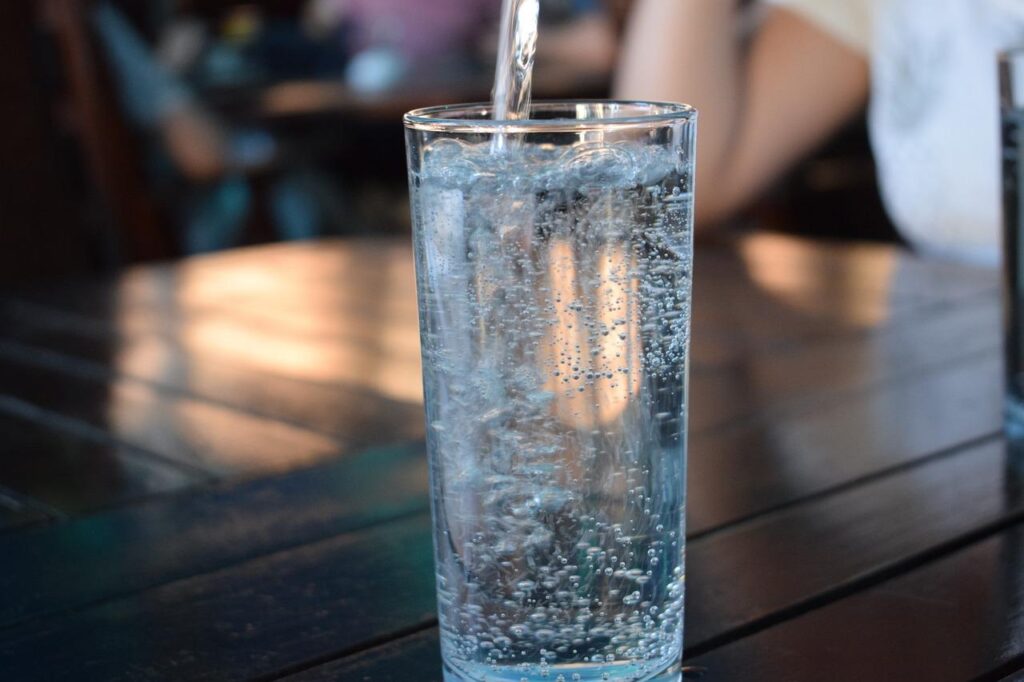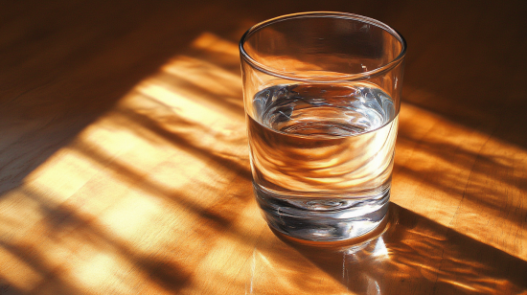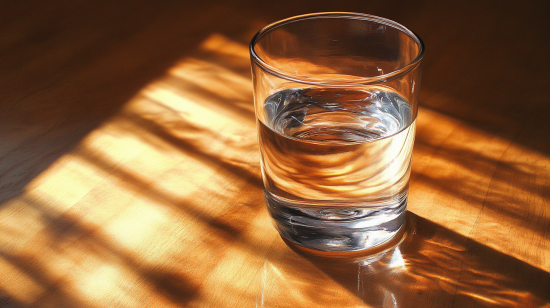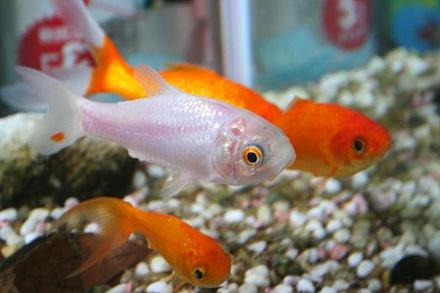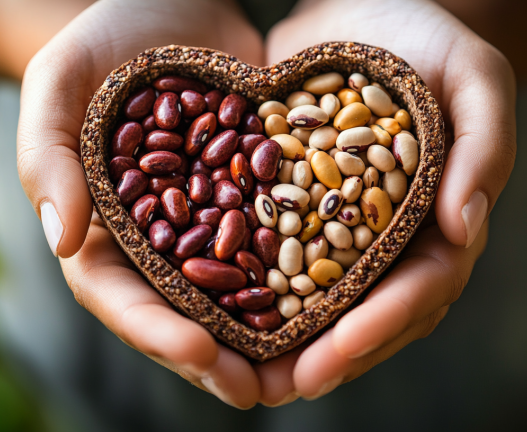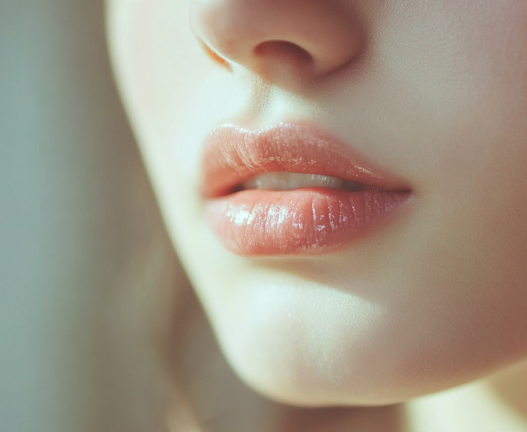Some people seem to resist water as if it contains poison.
Others grab their water bottles and gulp down liters, starting with 3 liters a day, until their bodies become over-hydrated.
Both of these extremes are not ideal. Although drinking water is a common topic, there are many subtle details that people easily overlook.
Here are 7 common misconceptions about drinking water. How many of them are you guilty of?
Myth 1: You Must Drink 8 Glasses of Water a Day
One of the most ingrained health beliefs is the “8 glasses of water a day.” This number is often used as a rigid target for health, without considering the size of the glass.
In reality, according to international standards, one glass typically refers to 250 ml, meaning 8 glasses equals 2 liters. However, this amount is too much for most people, especially women.
In 2022, a team of nearly 100 international researchers, in collaboration with the Chinese Academy of Sciences, published a formula on daily water turnover in humans in the prestigious journal Science, confirming that the “8 glasses of water a day” claim is not accurate.
The amount of water you need varies from person to person, and factors such as metabolic differences, gender, age, physical activity, body size, climate, and even lifestyle all influence how much water a person needs.
For example, for a 20-year-old male weighing 70 kg, living in a similar environment to ours, the daily water intake is about 1.3 liters. For a 20-year-old female weighing 60 kg under the same conditions, the intake is about 1.15 liters.
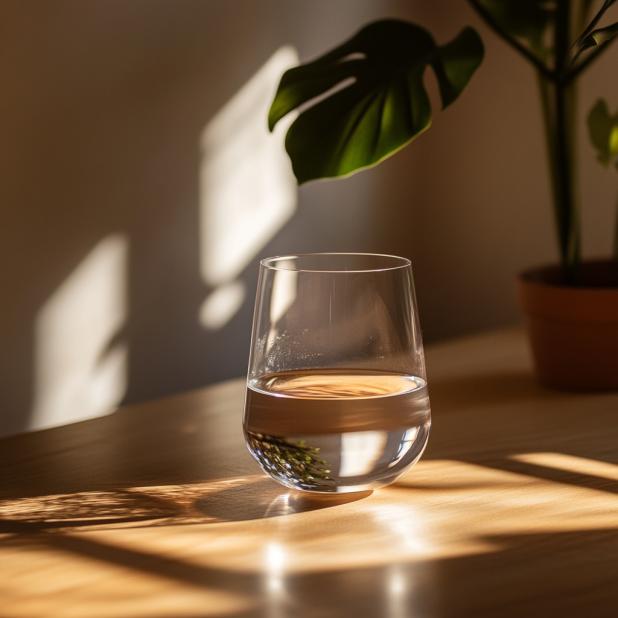
Doesn’t this fall short of the 8-glass standard?
In fact, according to rough calculations, women generally need between 1.1 to 1.5 liters, and men between 1.2 to 1.9 liters. That means very few people need the full 2 liters.
Of course, physical activity, body weight, or living at high altitudes can increase water needs.
So, there is no need to force yourself or others to drink 8 glasses of water, nor to feel anxious if you haven’t reached that target. Life already has enough to worry about, doesn’t it?
Myth 2: The More Water You Drink, the Better
Many people think that drinking more water can never hurt. There are even foreign bloggers who test drinking 3 liters of water a day, with “amazing” results, saying their skin is more youthful, almost like a cosmetic procedure.
However, new research has a cautionary note on this trend.
A recent study involving over 60,000 participants revealed an important finding: drinking water is not better when you drink more.
There is an L-shaped relationship between water intake and mortality — increasing water intake is beneficial for health within a certain range, but once it surpasses a threshold, the benefits no longer increase and could even pose potential risks.
Specifically, when the water turnover is between 3000–3300 ml/day for women and 3500–3700 ml/day for men, the risk of mortality is the lowest. (Water turnover ≠ water intake)
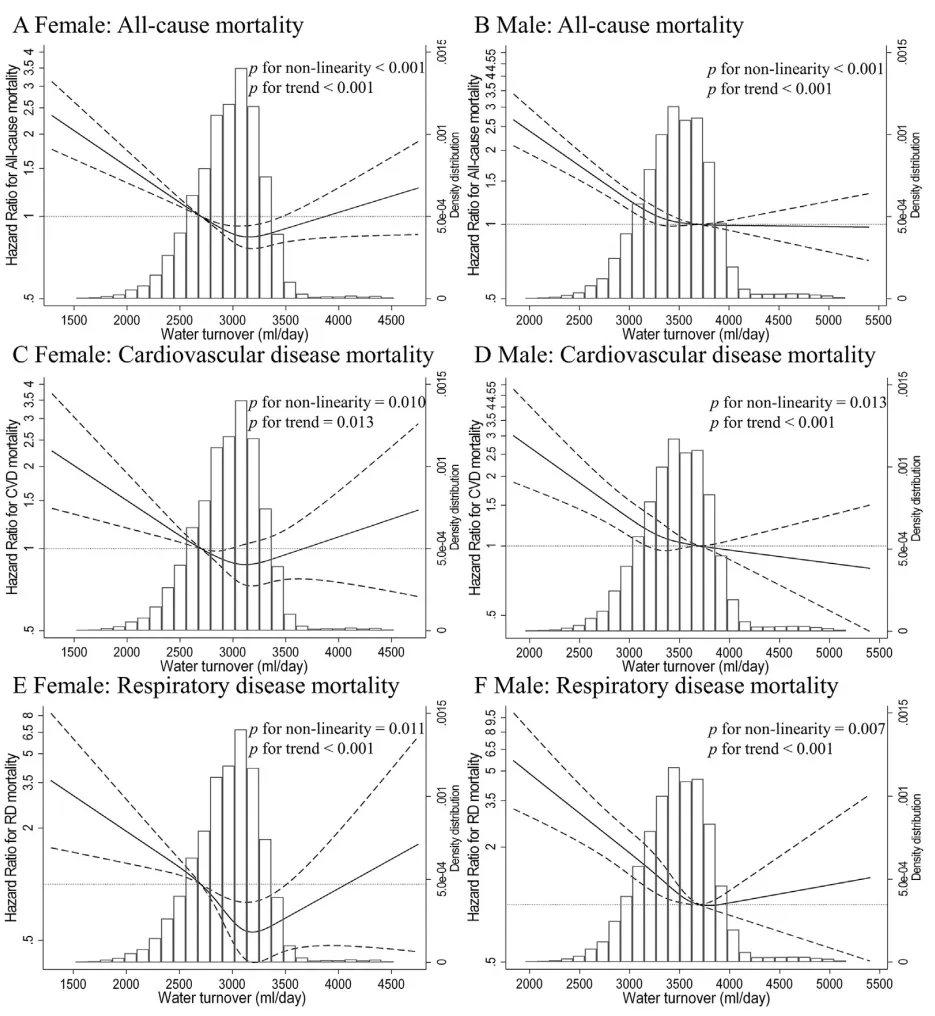
Converted to daily water intake, this is about 1275–1400 ml for women and 1490–1570 ml for men.
Remember, these numbers are just a rough reference, not hard rules. Even if you drink a bit more, don’t panic — the study is still in its early stages, and there are mixed factors at play.
More importantly, it reminds us that drinking water in moderation is sufficient. Don’t blindly believe in the benefits of drinking more water, as it could impose unnecessary health burdens on yourself.
Myth 3: Drink Water Only When You’re Thirsty
According to the “China Water and Life Quality Awareness Survey Report,” about 66% of people only drink water when they feel thirsty.
Some people think that thirst is the body’s way of telling them they need water, so why drink it if they’re not thirsty?
In fact, thirst is already a signal that your body is in a state of dehydration, meaning it has been running in a dehydrated state for a while, which could lead to potential “damage.”
Besides thirst, symptoms like constipation, dry skin, and fatigue could also indicate dehydration.
The “China Dietary Guidelines (2022)” recommend that you drink water proactively every 1–2 hours, about 200 ml each time. Try to keep your body in an “optimal hydration state” and avoid relying solely on your body’s signals.
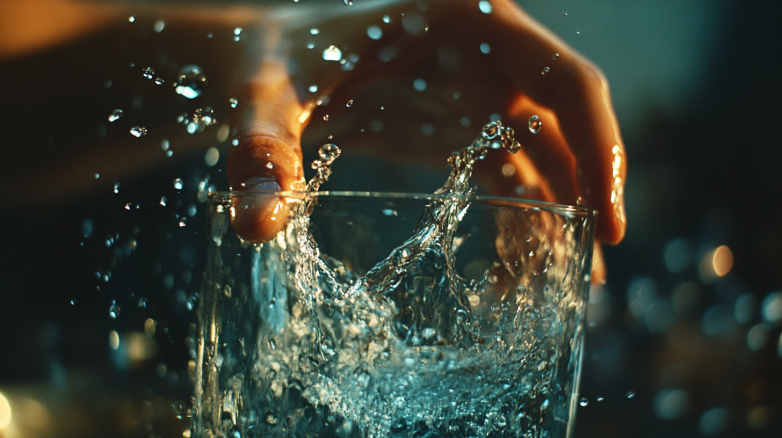
Myth 4: Drink Salt Water in the Morning
At some point, drinking a glass of diluted salt water in the morning became marketed as a refined health habit.
However, after a whole night’s metabolism, your body’s sodium levels are already quite high, and what you need is water to dilute it. Drinking salt water right after waking up is like “leveling the playing field” with your body.
For people who eat a normal diet, there’s no need to deliberately add salt in any form. Most people already consume too much salt.
Especially for those with chronic conditions like high blood pressure or diabetes, additional salt intake can make things worse.
Salt water should only be consumed in specific situations, such as after diarrhea, in hot weather, or after intense sweating, to help restore fluid balance.
Drinking water upon waking is great, but there’s no need for salt water.
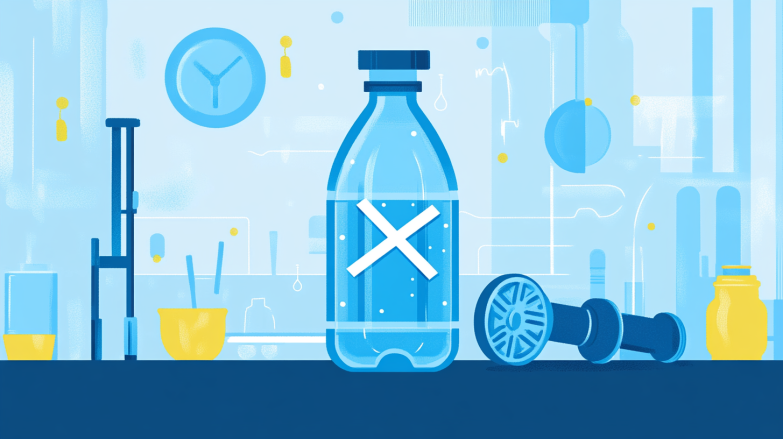
Myth 5: Substitute Water with Sugar-Free Drinks
Some people don’t like drinking plain water and replace it with beverages. If sugary drinks are harmful, doesn’t choosing sugar-free drinks solve the problem?
While drinking sugar-free drinks occasionally is not a big issue, it’s different when they replace water.
Although artificial sweeteners are generally considered safe, consuming large amounts can have potential negative health effects. Not to mention, many drinks contain other unhealthy ingredients.
If you find plain water too bland, try adding tea, lemon, or mint to make it more interesting.
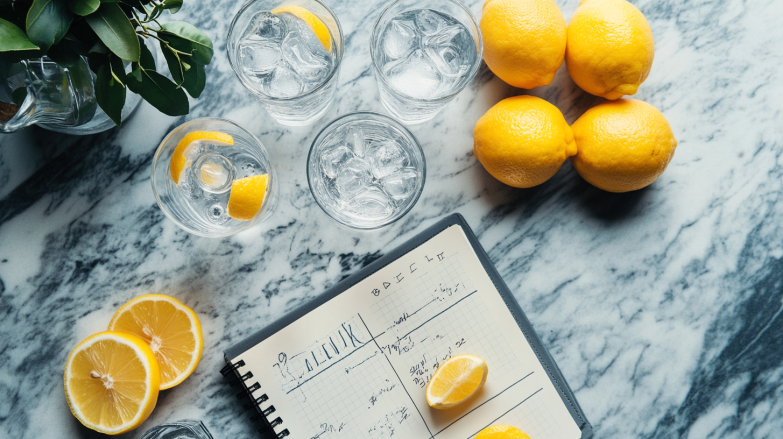
Myth 6: Drink More Hot Water
“Drink more hot water” is one of the most widely used comfort phrases across all age groups.
However, drinks hotter than 65°C have been classified as a Class 2A carcinogen by the World Health Organization, as they increase the risk of esophageal cancer.
Some people enjoy the feeling of “burning the mouth and warming the stomach,” but while it may feel comforting, your esophagus can’t tolerate it.
The surface of your esophagus is lined with delicate mucous membranes, and the temperature of food and drinks has a significant impact. The ideal temperature for drinking water is between 10–40°C. It should feel lukewarm to the mouth, just right.
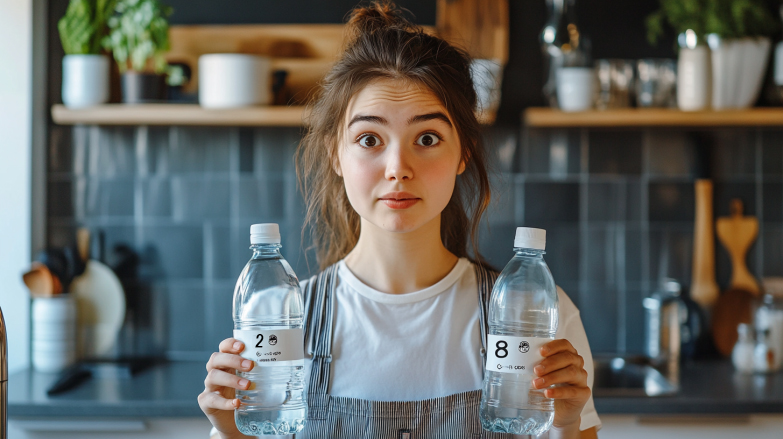
Myth 7: Don’t Drink Water While Exercising
Some people worry that drinking water during exercise will cause their stomach to gurgle and lead to bloating, so they prefer to exercise in a “dehydrated” state. This concern is unnecessary.
As long as you don’t gulp down a whole bottle at once, moderate drinking is perfectly fine. It won’t overload your stomach, and it will help you maintain peak performance during exercise.
Dehydration can be a hidden danger, especially in hot conditions or when sweating a lot.
If you’re engaging in long-duration or high-intensity exercise, it’s necessary to supplement with carbohydrates and electrolytes to maintain energy levels and avoid electrolyte imbalance from excessive water intake alone.
The drinking strategy for exercise is: timely, small amounts, and multiple times.
The “China Dietary Guidelines (2022)” recommend drinking 100–200 ml of water before, during, and after exercise, to prevent dehydration by replenishing in a timely and measured manner.
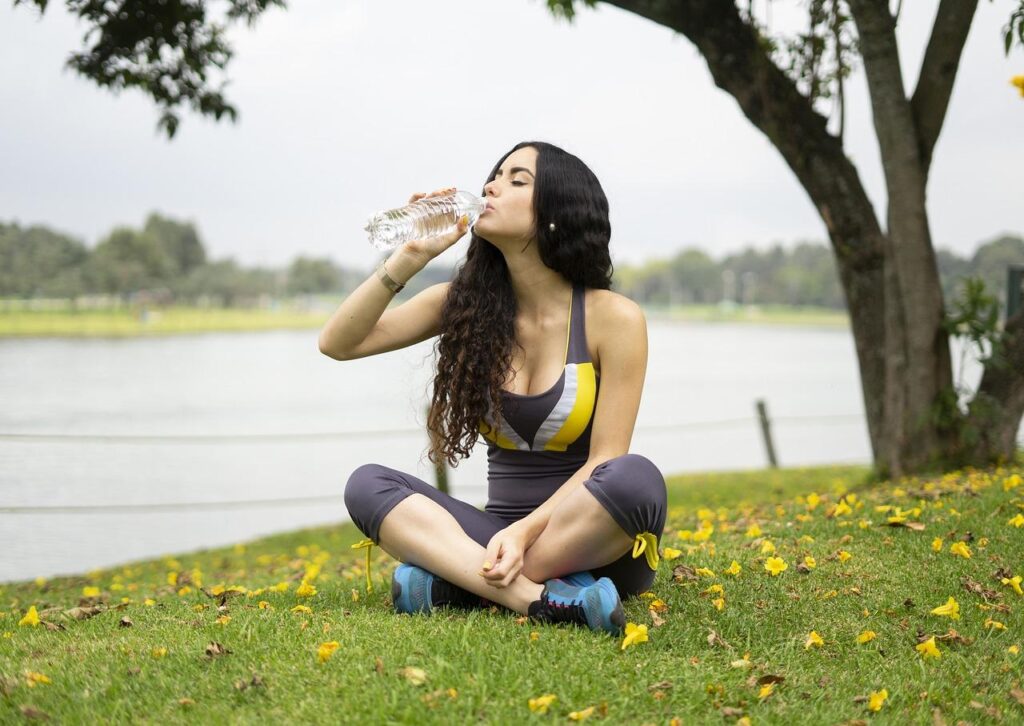
Myth 8: Drink Water All at Once
Did you ever experience being encouraged to gulp down large amounts of water when you were younger, with someone happily approving your behavior?
However, drinking water in large quantities all at once is not a good idea, and it could disturb your body’s metabolic balance.
Drinking a lot of water at once can dilute your blood, causing a drop in blood plasma osmolality. This change could disrupt the delicate fluid balance in your eyes and raise eye pressure.
Drinking water isn’t a “cramming” session. It’s best to drink small amounts over time, allowing your body to stay in a steady hydration state.
